Passionflower Profile
Written by Joy
Nov 02 2020
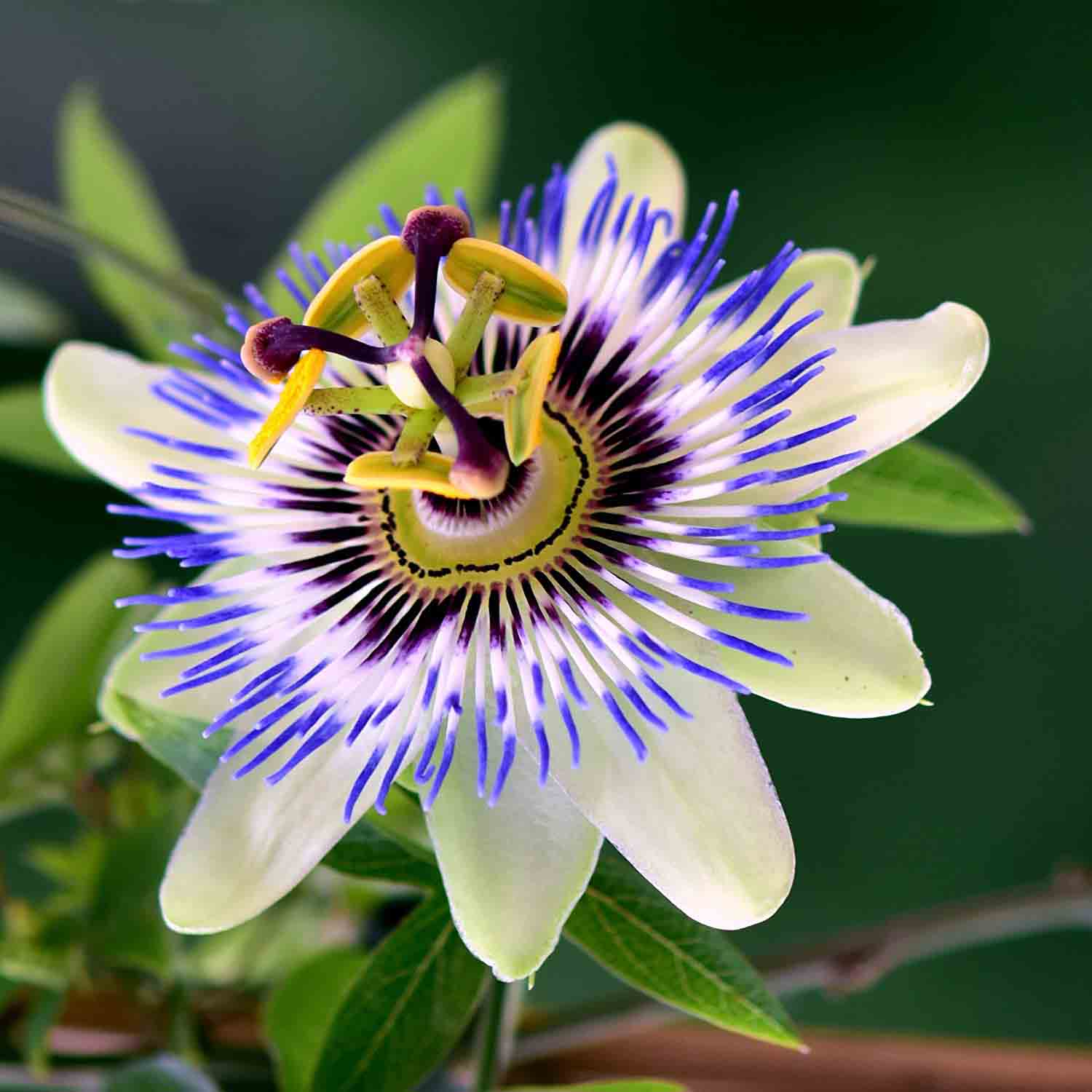
Passionflower is a perennial evergreen climbing woody vine, a fragrant and delicious fruit. Also known as crucifixion fruit, Brazilian fruit, vine peach, passion fruit, Zhuxinlian, Western Ju, Zhulianlian, foreign sour eggplant, and timepiece grass.
Passionflower morphological characteristicsPassionflower growth habit and growing environment and distributionPassionflower efficacy and rolePassionflower cultivationSeed propagationLayeringCuttings
The stem of the passionflower is cylindrical and slightly angular, glabrous; its leaves are papery, the base is heart-shaped, 5-parted palmately, the middle lobes are oval-oblong, and the lobes on both sides are slightly smaller, glabrous, and entire; Cymes degenerate only 1 flower, opposite to tendrils, flowers are large, light green; berries are ovoid to nearly spherical, orange or yellow when ripe; seeds are numerous, obovate, about 5 mm long. Its flowering period is from May to July.
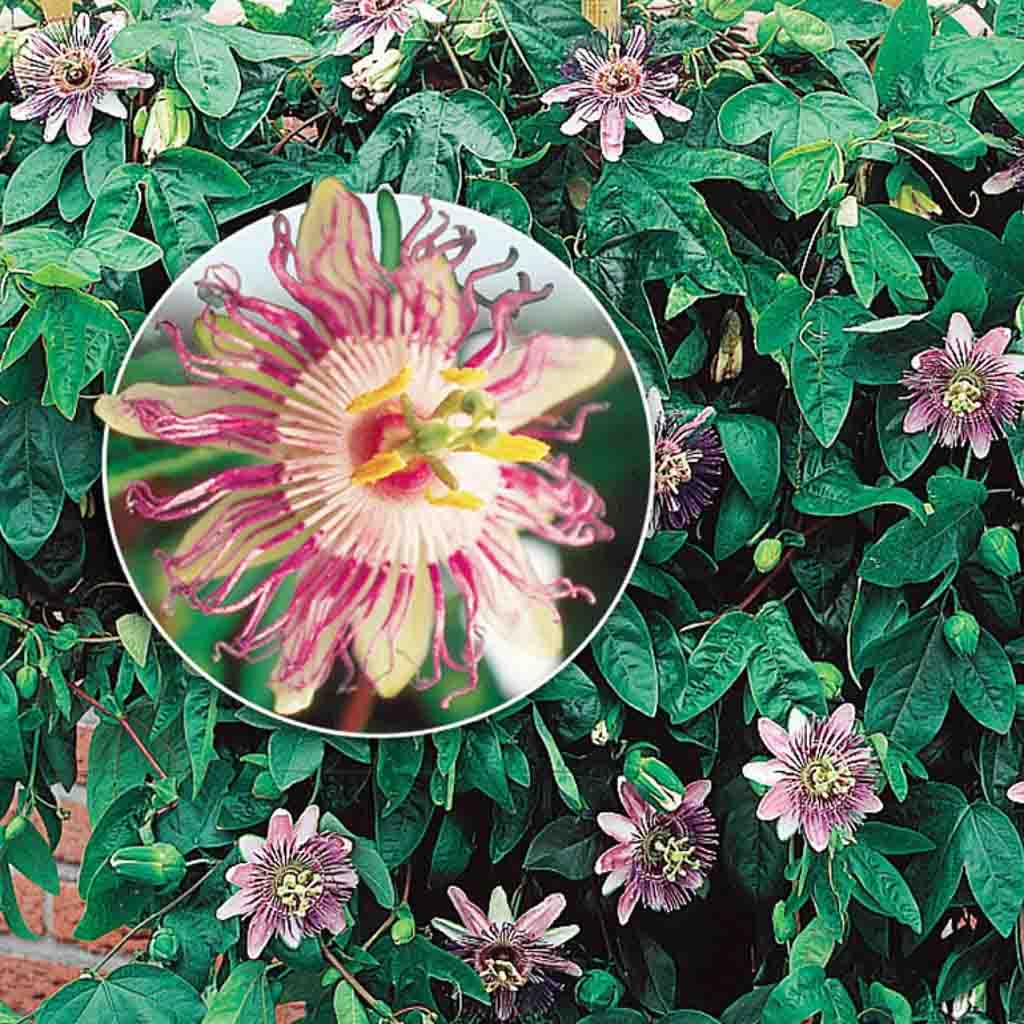
Passionflower morphological characteristics
Passionflower is a herbaceous vine; the stem is cylindrical and slightly angular, glabrous, and slightly powdered; its leaves are papery, 5-7 cm long, 6-8 cm wide, heart-shaped at the base, and 5-lobed palmate. The middle lobes are oval-ovate, the lobes on both sides are slightly smaller, glabrous, and entire; the petiole is 2-3 cm long, with 2-4 small glands in the middle; the stipules are larger, kidney-shaped, holding stems and long up to 1.2 cm, with wavy edges.Its cyme degenerates only 1 flower, opposite to tendrils. Flowers are generally large, light green, large in diameter, 6-8 cm; Passiflora pedicel is 3-4 cm long; bracts are wide ovate, 3 cm long, entire; 5 sepals, 3-4.5 cm long, light green on the outside, green and white on the inside, with a horn-shaped appendage on the outside top; it has 5 petals, and light green, nearly as long as the sepals; Passiflora has 3 rounds of outer corolla lobes, filamentous, outer and middle lobes, It is 1-1.5 cm long, sky blue at the top, white at the middle, and purplish-red at the bottom. The inner ring lobes are filiform, 1-2 mm long, with a purplish red capitate at the top and light green at the bottom; inner corolla tassel-shaped, lobes Purple-red, with a dense gland ring underneath; Passionflower has a disc, about 1-2 mm high; and the peduncle is 8-10 mm long; Passionflower has 5 stamens, separated filaments, about 1 cm long, flat.
The berry is ovoid to nearly spherical, about 6 cm long, orange or yellow when ripe; the seeds are mostly obovate, about 5 mm long. Passionflower blooms from May to July.
Passionflower growth habit and growing environment and distribution
Passionflower is cultivated in Guangxi, Jiangxi, Sichuan, Yunnan, and other places in China, and sometimes grows easily. Native to South America. Commonly cultivated in tropical and subtropical regions.Passionflower is a tropical and subtropical fruit, which enjoys light, sunny and warm climate. Passionflower is highly adaptable and does not require strict soil requirements. It can be planted in front of and behind the house, in the mountains, and on the roadside. However, sunny gardens that are rich in organic matter, loose, deep soil, well-drained, and sunny are the best for growth. Passionflower avoids accumulation of water and is not drought-tolerant. You should keep the soil moist.
Passionflower efficacy and role
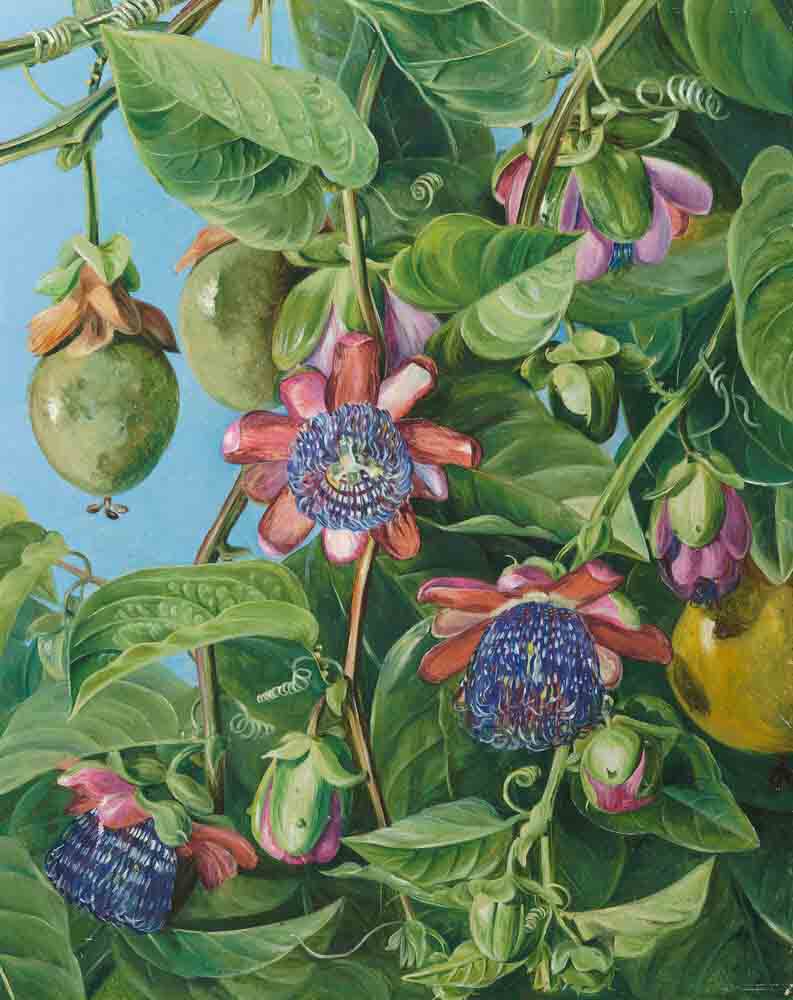
Passionflower cultivation
Passionflower can be propagated by seed, layering, and cuttings. Since the fruit has many seeds and a high germination rate, seeds are often used for reproduction in production.Seed propagation
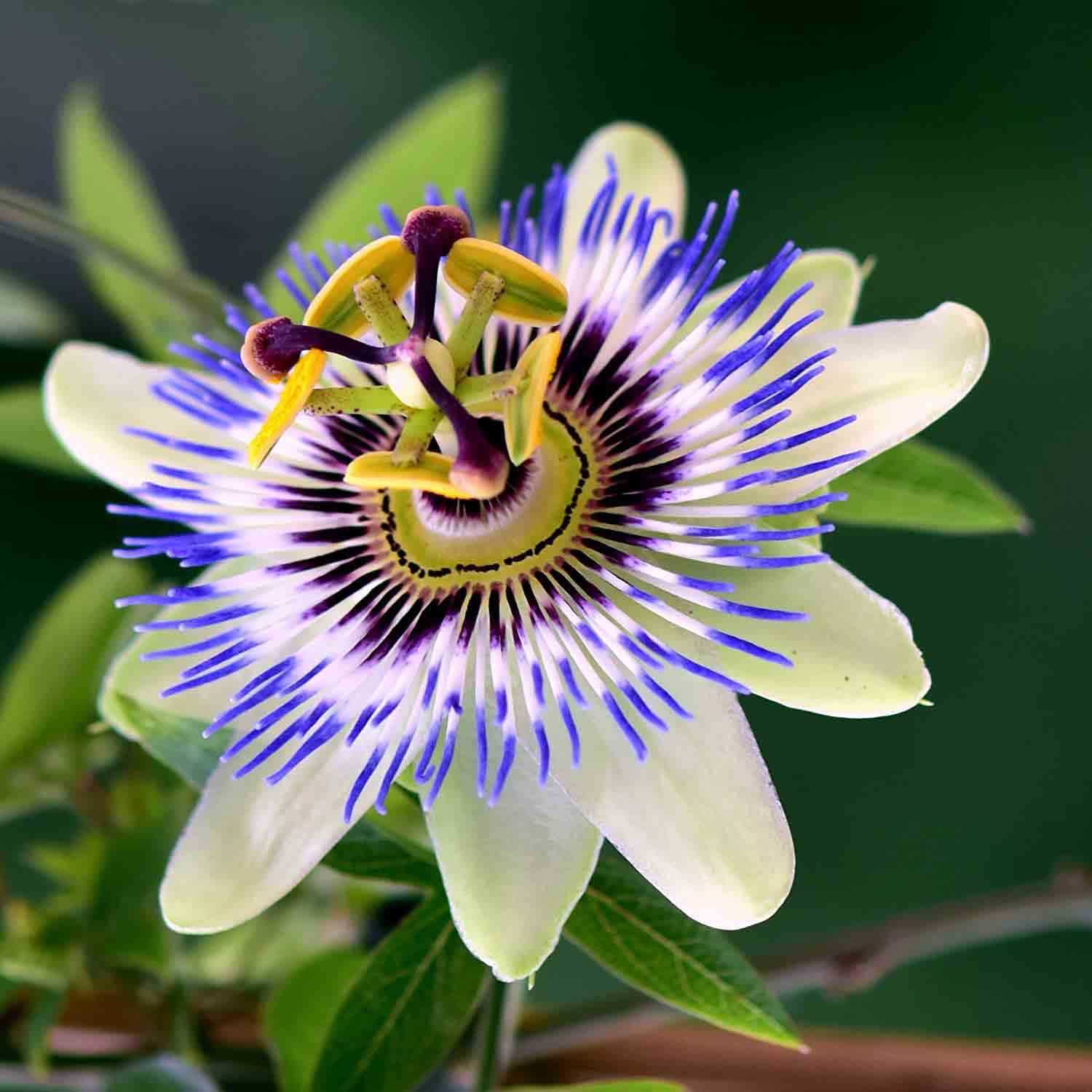
Layering
The layering propagation of passionflower is a kind of asexual propagation. It is suitable for spring from February to February. The branches of the mother plant are pressed into the soil or wrapped in the soil to form adventitious roots, and then the branches above the adventitious roots are combined with The mother plant is separated to form an independent new plant propagation method. When layering, in order to interrupt the downward conduction of organic substances such as sugar, auxin, and other substances from the upper ends of leaves and branches, so that these substances can accumulate in the upper part of the treatment for use in rooting, ring peeling can be carried out. This method is simple, fast growth, and short seedling time.Cuttings
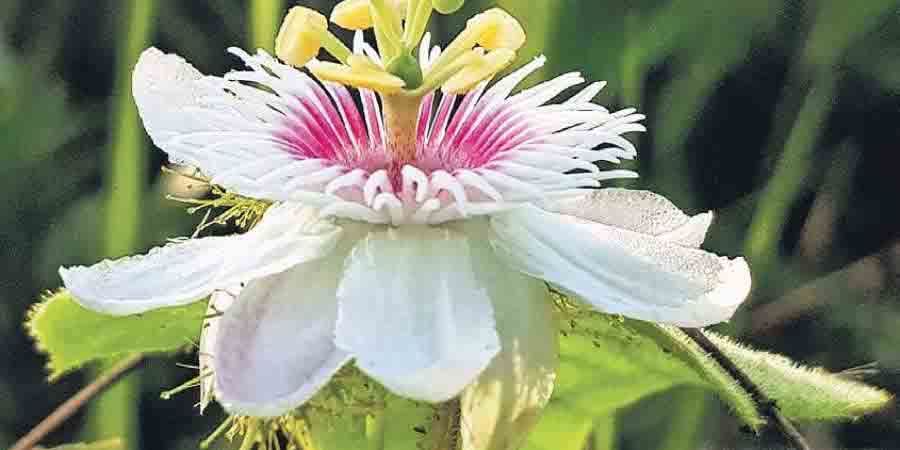
Latest Updated
- Benefits of Bugleweed - 7 Science-backed Health Benefits
- Bugleweed Dangers & Side Effects - Is It Poisonous?
- How to Plant Evergreen Trees - What You Should Know
- When to Plant Evergreens - Grow Guide for Evergreen Trees
- 12 Wonderful Evergreen Shrubs for Your Garden
- 12 Popular Evergreen Plants with Pictures for Beginners
- When And How To Prune A Lilac Bush Like a Pro
- How to Grow & Care for Lilac Vine (Hardenbergia Violacea)
- Japanese Lilac Tree (Syringa Reticulata) Care & Propagation Guide
- Shumard Oak Pros and Cons - What to Know
Popular Articles
- Winter maintenance of Antirrhinum Majus
- How to Grow Terminalia Mantaly Tree
- How to Grow and Care for Crossostephium Chinense
- How to grow Antirrhinum Majus in spring
- Peristeria Elata (Dove Orchid) Profile: Info & Care Guide
- Underwatered Snake Plant (Sansevieria Trifasciata) - Signs And How To Fix
- How to Care for Brazilian Jasmine Plant (Mandevilla Sanderi)
- How to Grow & Care for Graptopetalum Purple Delight in Summer
- Rosa Chinensis (China Rose): Plant Growing & Care Tips
- How to Care for Baby Sun Rose (Aptenia Cordifolia)